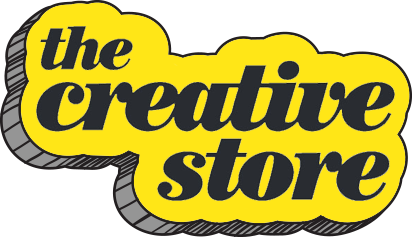Side Hustle or Main Gig: Strategic Career Planning for Portfolio Creatives
With income uncertainty and precarious employment, many creatives are juggling multiple jobs. Here’s how to balance, build and plan for the future and choose between side hustles and main gigs.

In an ideal world, artists could devote themselves full-time to their creative work and receive adequate compensation. However, in today’s economy, especially within the arts and cultural sectors, portfolio careers are becoming increasingly the norm. Visual artists are running workshops and selling prints. Actors are voiceover artists by day, baristas by morning and independent producers by night. Writers are juggling freelance gigs, sub-editing contracts and self-published projects.
In other words, creatives are no longer just wearing many hats; they’re running whole hat factories. Whether by choice or necessity, portfolio careers require strategy, stamina and clarity of purpose. So, how do you decide when to take on more work, drop a project or pivot towards a new career focus entirely?
Start with a side hustle self-audit
The first step in managing a portfolio career is to reflect on how your current roles contribute to your overall goals. Are you doing some work primarily for income, some for creative fulfilment and some for visibility or long-term growth? By mapping out the reasons behind each project, creatives can make better decisions about which commitments to prioritise and which may need to be let go.
It’s easy for a short-term gig to become a long-term fixture without a conscious decision to make it so. Checking in regularly on your career intentions can prevent stagnation and help steer you toward meaningful work.
Think in seasons, not achieving ‘balance’
Many artists work in cycles. For example, you may be gearing up for a major project or tour, followed by slower periods of admin, development or recovery. This can make the idea of ‘balance’ seem elusive or even unrealistic.
Instead, creatives can benefit from planning their year in seasonal blocks: planting (developing new work), harvesting (presenting or promoting) and resting (recovery or retraining). This approach helps to prevent burnout and encourages long-term thinking.
When the side hustle becomes the main gig
Sometimes what begins as a side hustle gradually becomes your primary job, and that’s not necessarily a problem. If a particular role offers stability, growth or a genuine sense of fulfilment, it may be worth investing more deeply in it. What matters is intentionality. If you’re moving toward this shift deliberately, rather than being swept along, then your career remains yours to shape.
On the other hand, if a so-called survival job is exhausting your energy or limiting time for creative practice, it may be time to reassess its place in your portfolio.
Building systems for time management
Without the structure of a traditional nine-to-five, portfolio creatives need strong routines and systems to stay on top of deadlines and commitments. Some use digital tools like Trello, Notion or shared calendars to track their projects. Others develop simple daily habits – for instance, blocking out a few uninterrupted hours each morning to work on a personal project before tackling paid work or emails.
Establishing a rhythm that protects your creative energy is key, especially when switching between different types of work.
Clustering income streams
Having multiple income streams can help cushion against economic volatility. However, more gigs don’t always mean more stability – sometimes they just lead to fragmentation.
Instead of expanding endlessly, it can help to group your work into categories such as creative output, education, admin, production support or content services. This can make it easier to see which areas are thriving, which ones are overextended and how your various projects fit together holistically.
The portfolio career is not a failure of the system, though structural challenges remain. Nor is it a romantic ideal. It’s the reality for a huge number of working artists. With clarity, planning and the right systems, it can also be sustainable, satisfying and strategically aligned.
Source: Arts Hub
